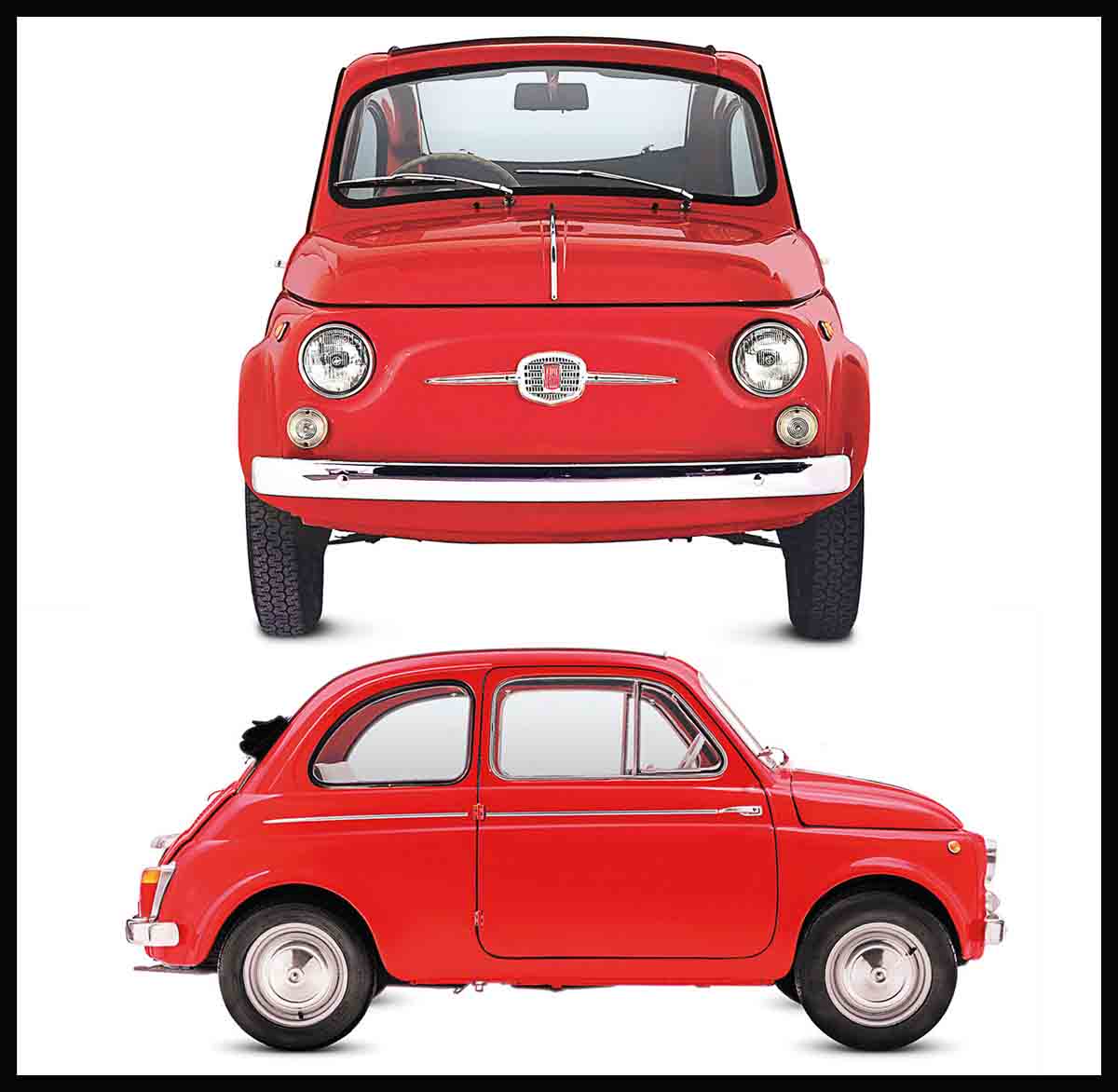
Very Small, Very Cute
Small cars became big news. With more and more people living in cities, and traffic overwhelming the road networks of London, Paris, and Rome, tiny cars were one solution for beating the traffic jams—and their size made parking much easier. There was no real consensus on the best layout for a really small car. Fiat opted to place its engine at the rear, and the Rootes Group followed suit with its Imp, but Alec Issigonis went for front-wheel drive and a transverse engine for the Mini, setting a pattern for small cars everywhere which endures to this day.
Fiat 500D, 1960
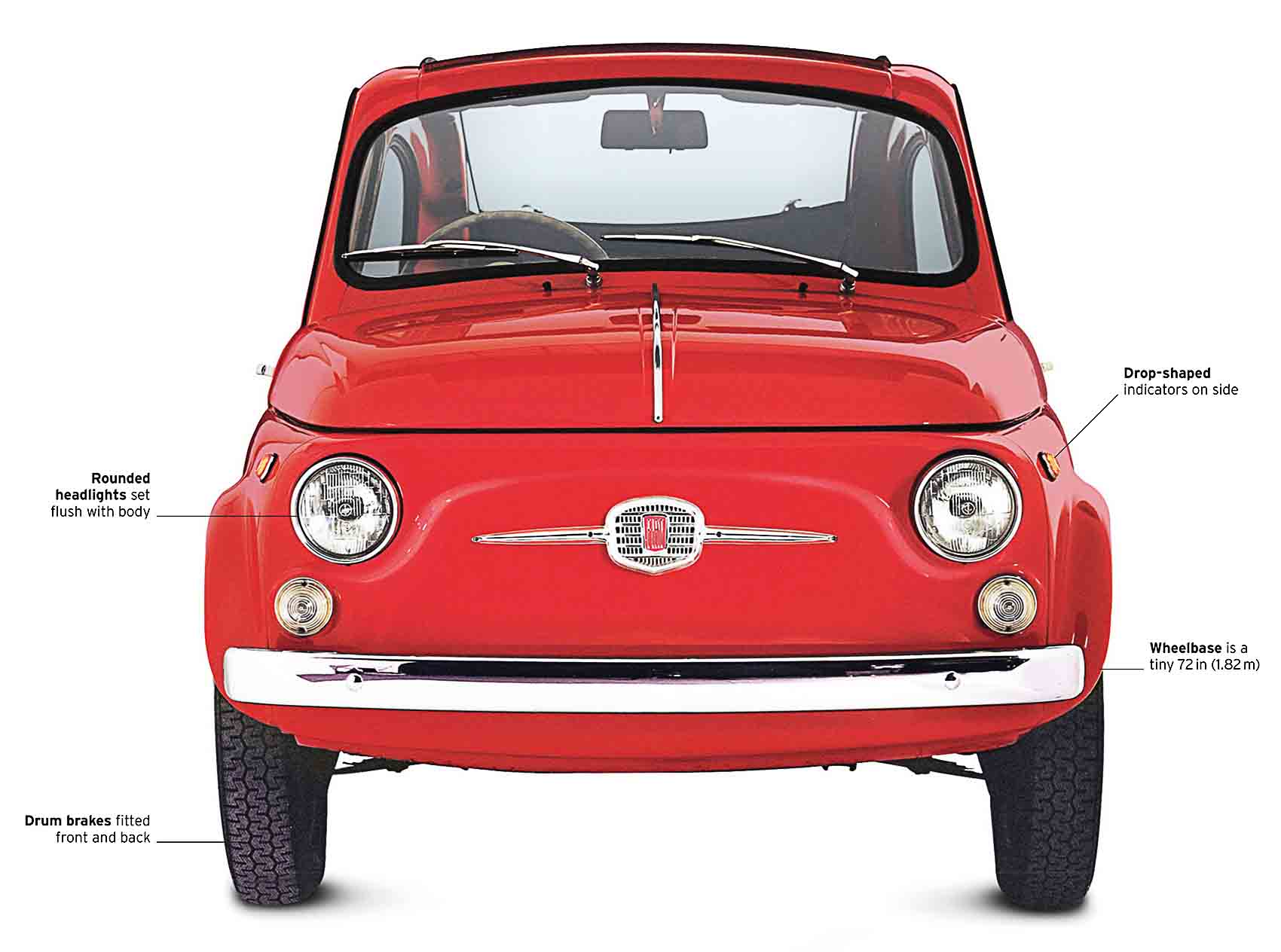
| Origin | Italy |
| Engine | 499.5 cc, straight-two |
| Top speed | 59 mph (95 km/h) |
The Nuova 500 of 1957 had a 479 cc engine, but in the 500D of 1960 that grew to 499.5 cc, making the car faster and easier to drive. More than four million 500s and derivatives were produced up to the demise of the Giardiniera estate in 1977
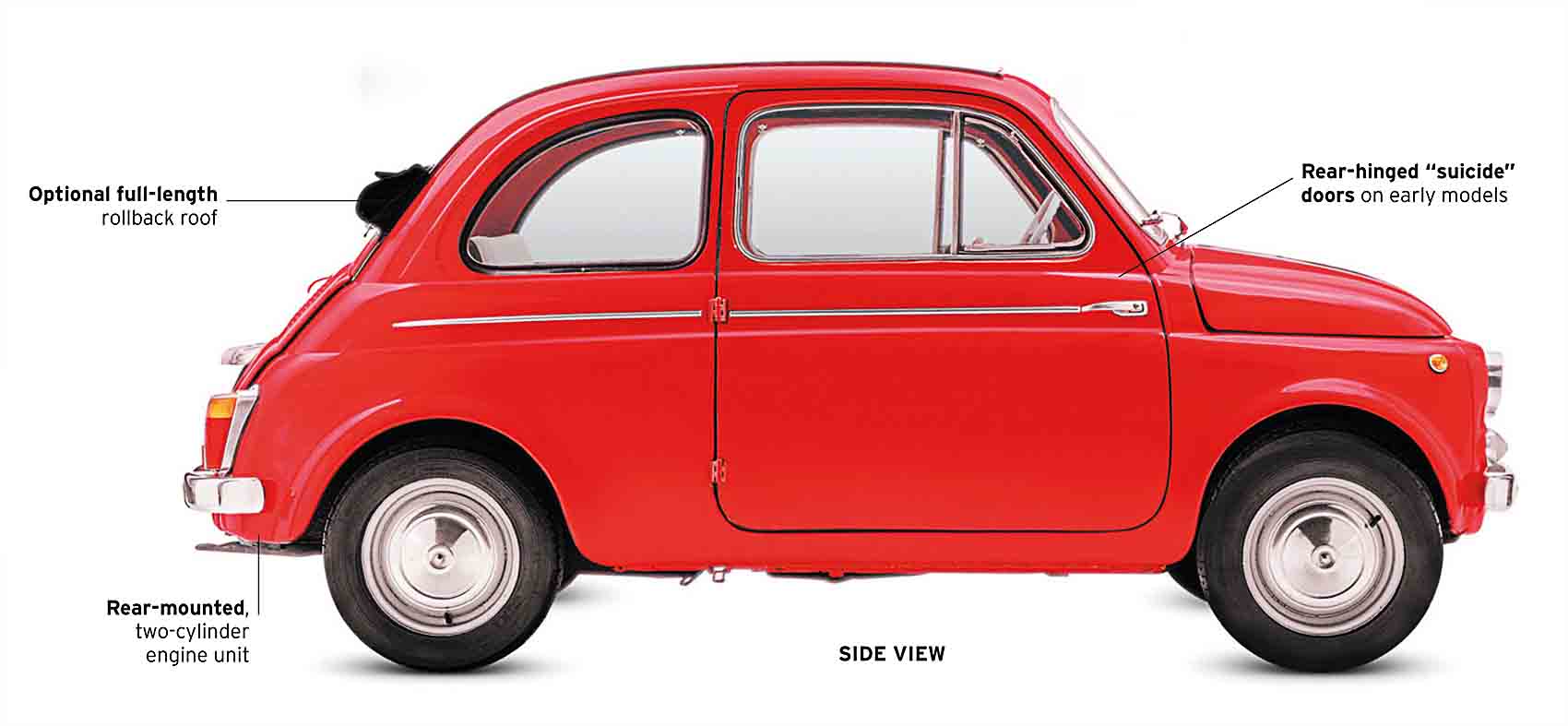
New face
With the engine in the back, the 500 had no need for a front grille to take in air for engine cooling or combustion. Fiat filled the space with a prominent badge instead.
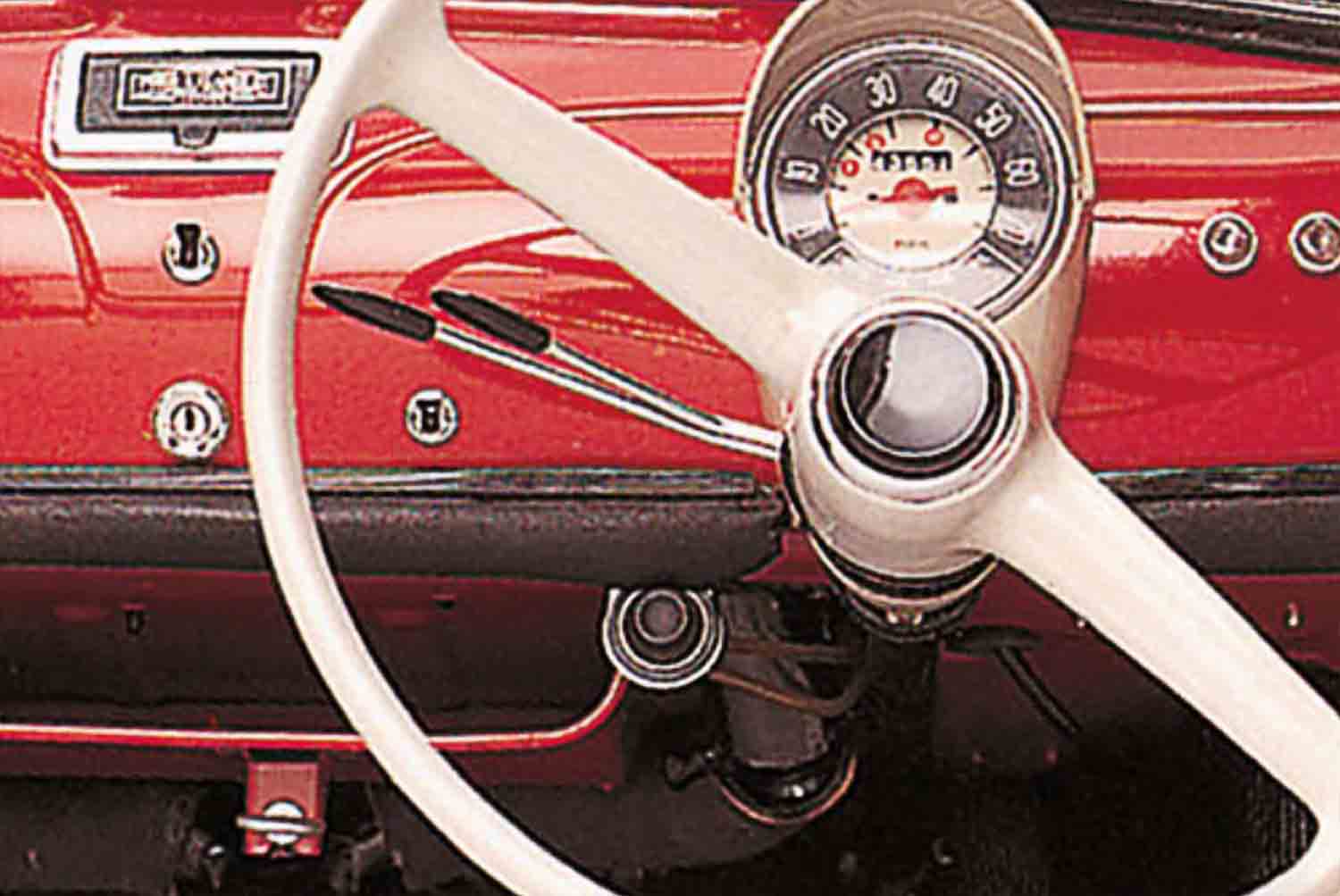
Cute and compact
The Nuova 500’s interior was tiny, but there was just enough room for two adults in the front and a couple of children behind. The simple dashboard included a speedometer enclosed in a pod, and very little else. The floor-mounted gear lever and small steering wheel gave a feeling of control.
Renauld 4, 1961
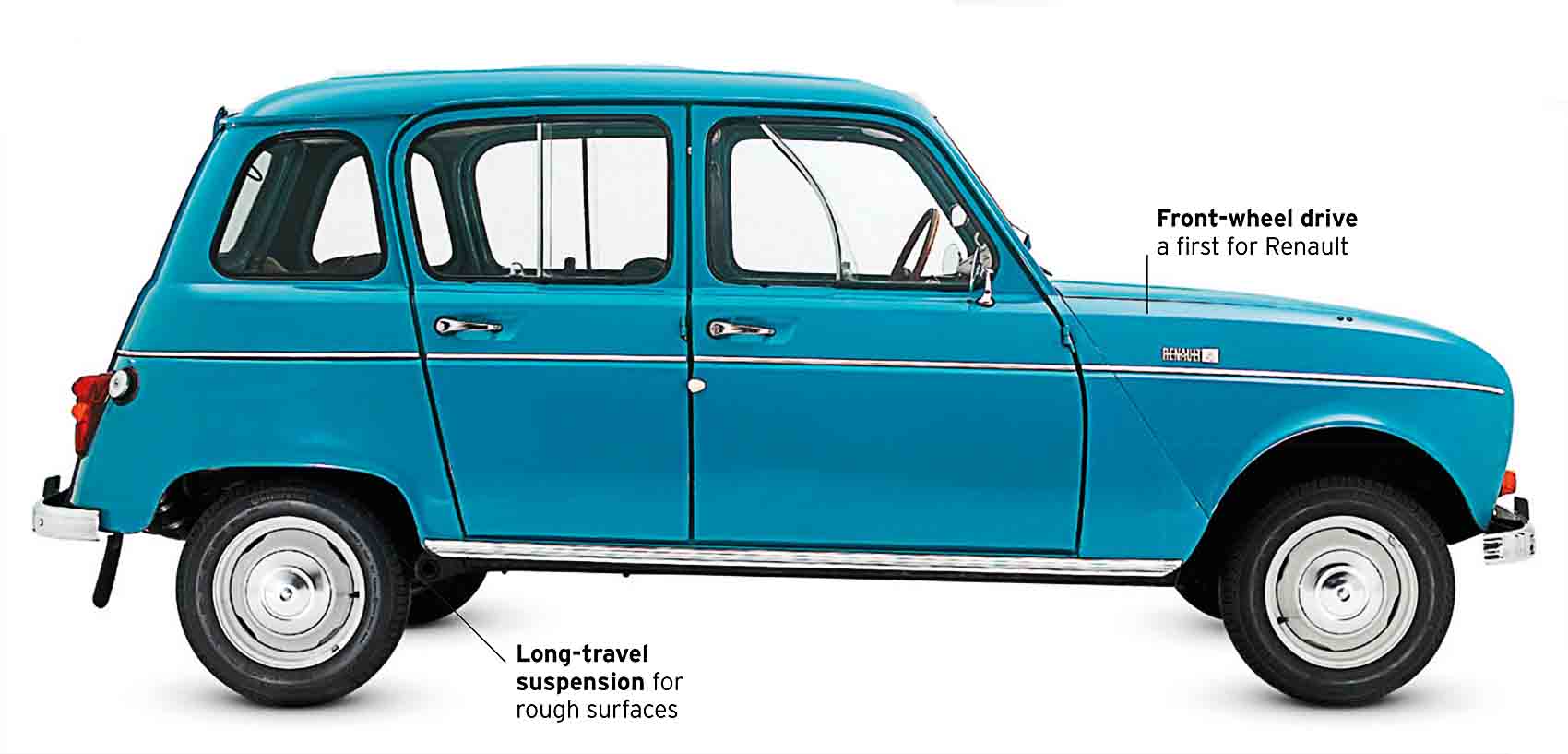
| Origin | France |
| Engine | 747 cc, straight-four |
| Top speed | 75 mph (120 km/h) |
Renault’s answer to the Citroen 2CV was bigger, but no less characterful. Launched alongside the cheaper R3, it was the R4 that became the star. With its quirky dashboard-mounted gear lever and lopsided wheelbase length (its suspension meant it was shorter on the left), production continued until 1992.
Peel P50, 1963
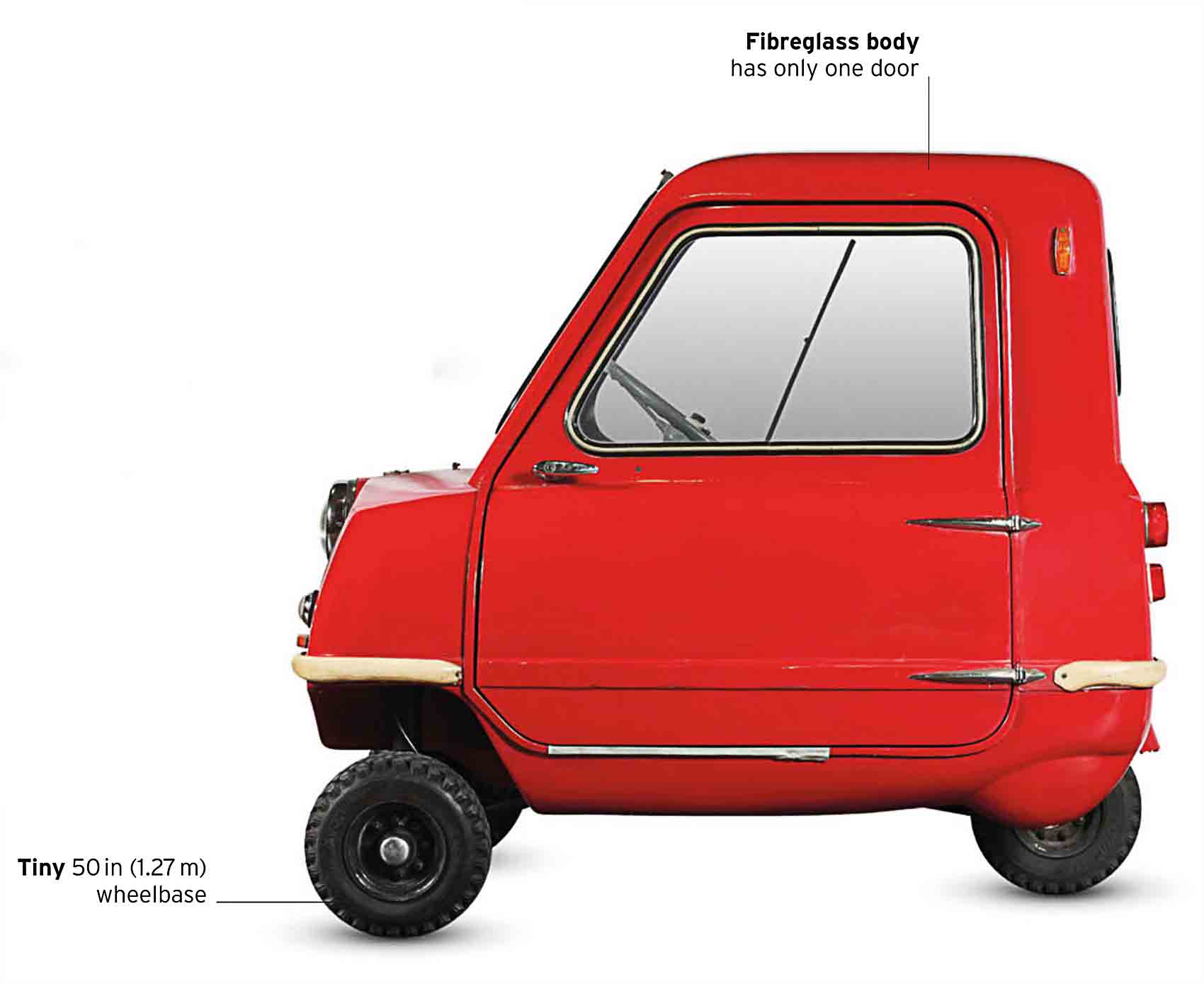
| Origin | UK |
| Engine | 49 cc, one-cylinder |
| Top speed | 38 mph (61 km/h) |
The culmination of the 1950s’ drive towards miniaturization, the world’s smallest production car was a city runabout for one person and a shopping bag or suitcase. A P50 was driven around the top of the Blackpool Tower in 1963 as a publicity stunt.
Wolseley Hornet MkIII, 1968
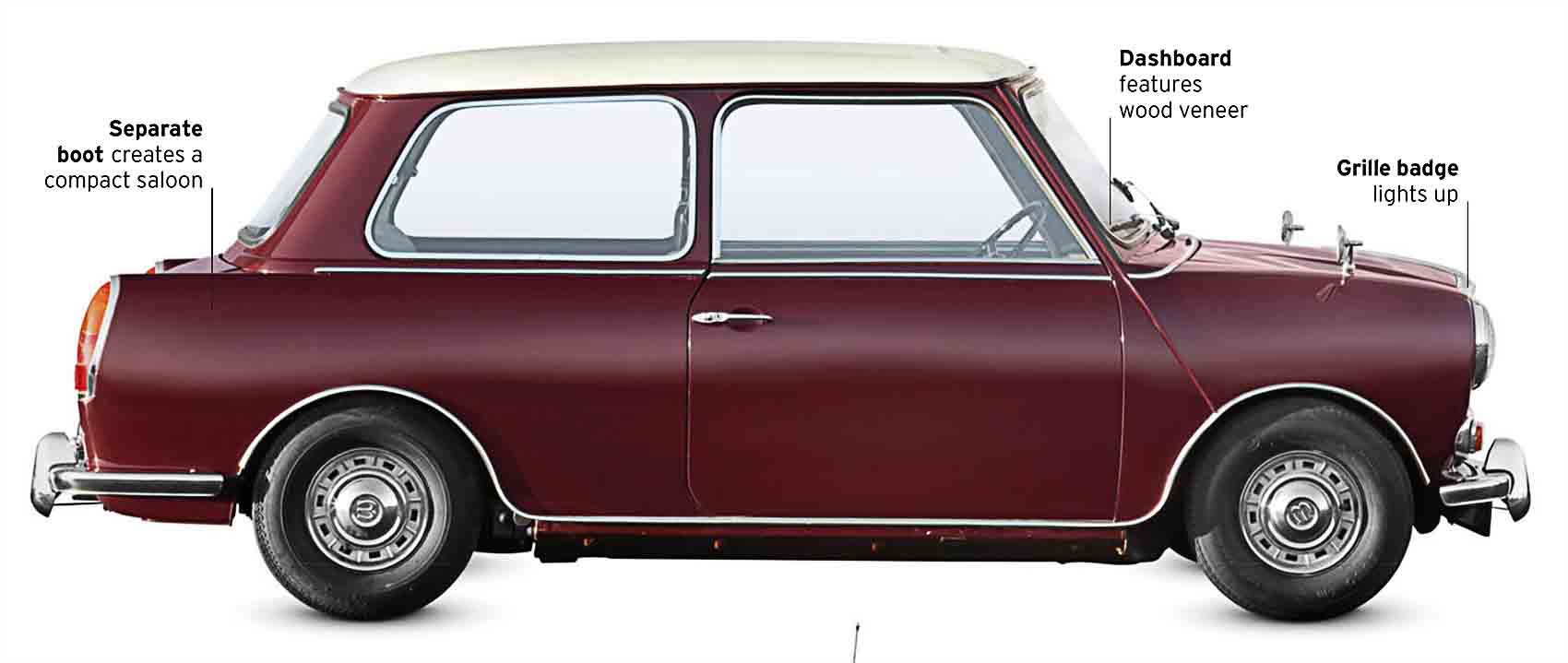
| Origin | UK |
| Engine | 848 cc, straight-four |
| Top speed | 71 mph (114 km/h) |
The Hornet added a bigger boot, imposing Wolseley grille, and high-class interior fittings to the Mini to make a pocket-sized premium saloon car. The 1963 MkII had a bigger engine, and wind-up windows arrived with the 1966 MkIII. The Riley Elf was a near-indentical twin.
Hillman Imp, 1963
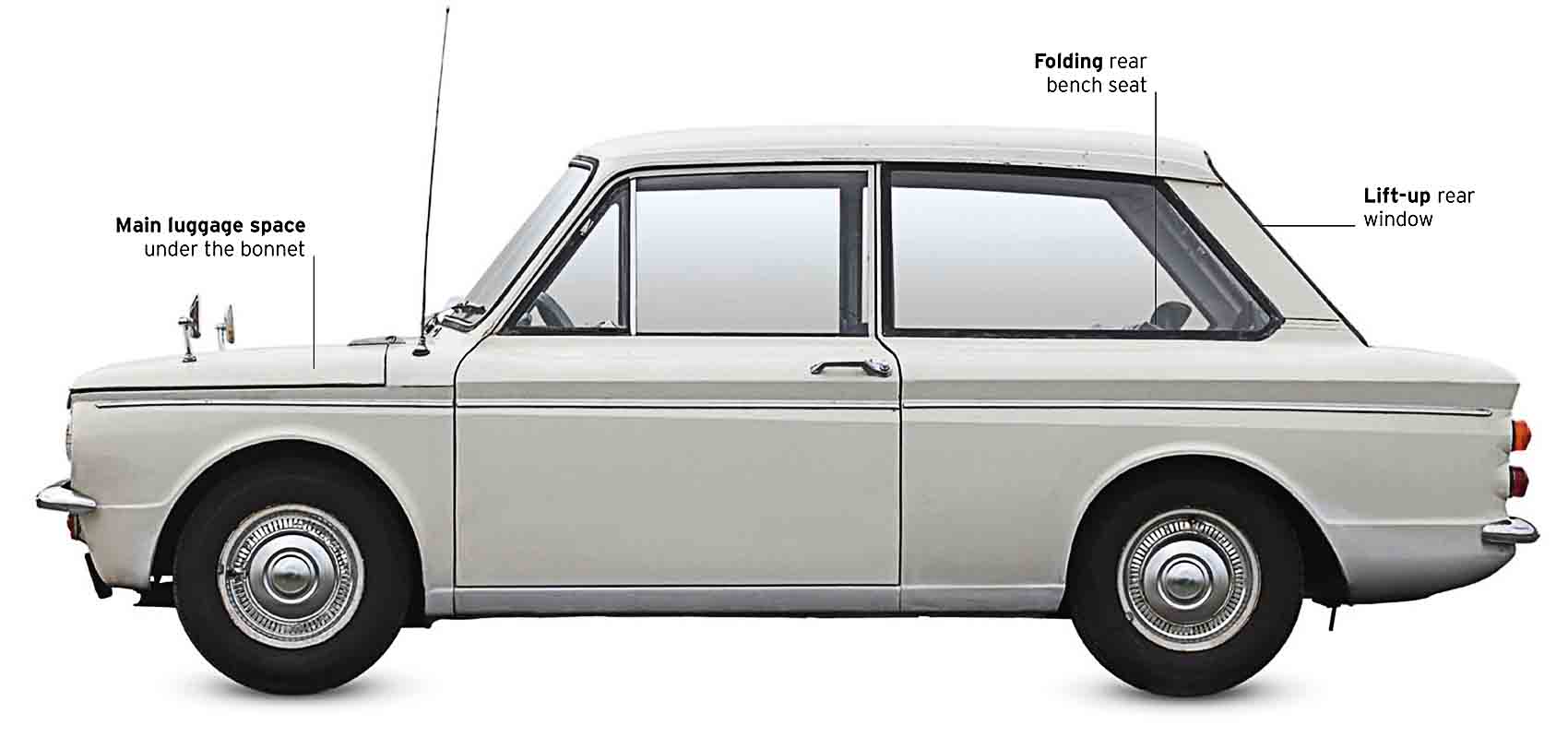
| Origin | UK |
| Engine | 875 cc, straight-four |
| Top speed | 78 mph (126 km/h) |
The Rootes Group’s small car had a superb aluminum engine in the back, and a lift-up rear window for easy loading. The Imp sold around half a million units over 13 years, but was held back by reliability problems and was hugely outsold by the Mini.
It is a quote. The Classic Car Book – The Definitive Visual History 2016




